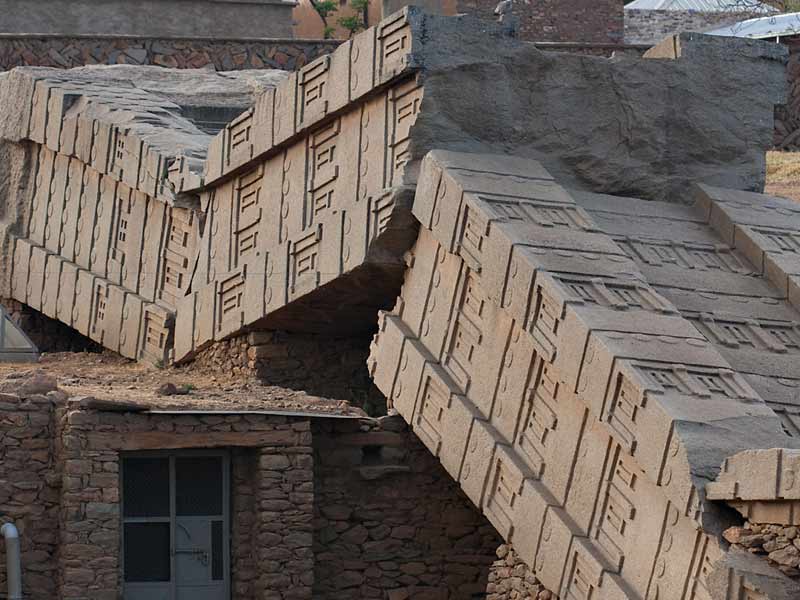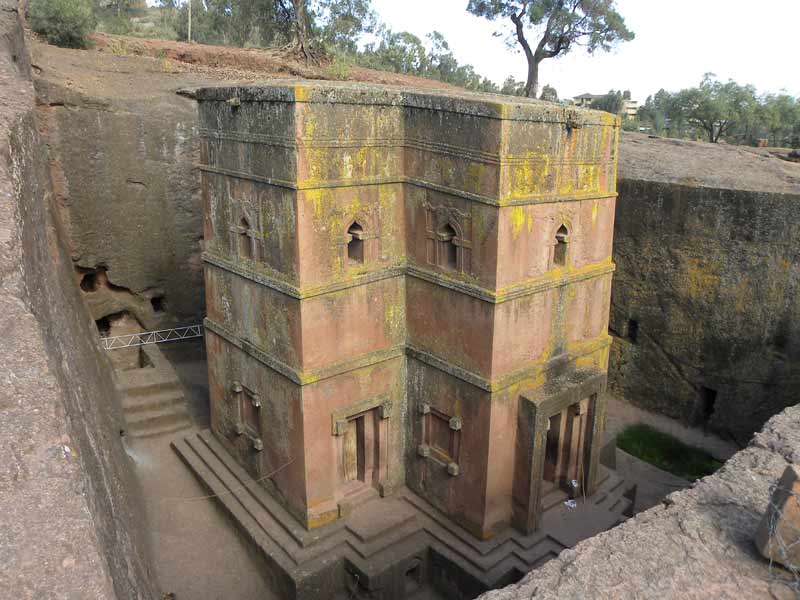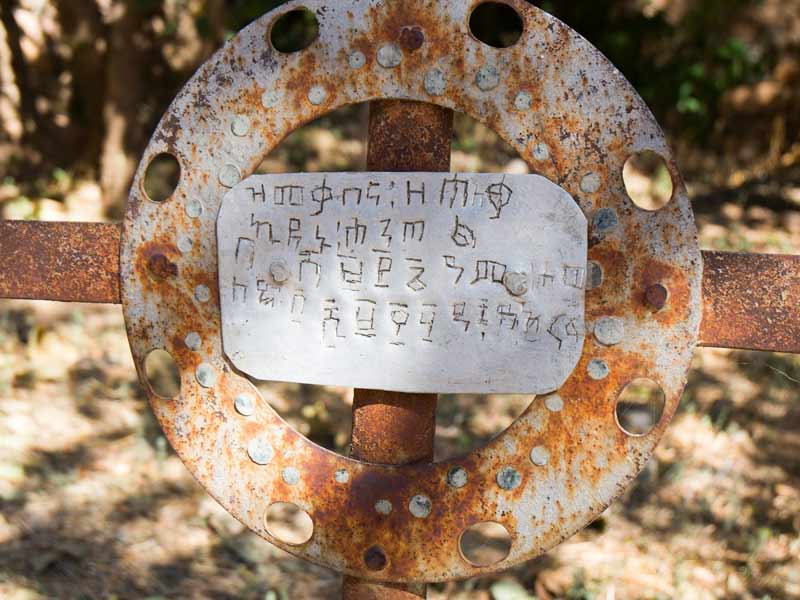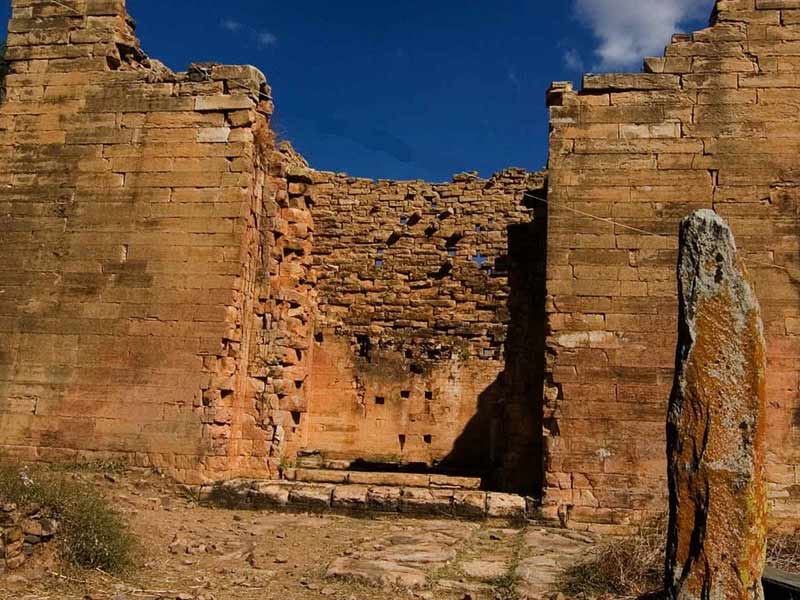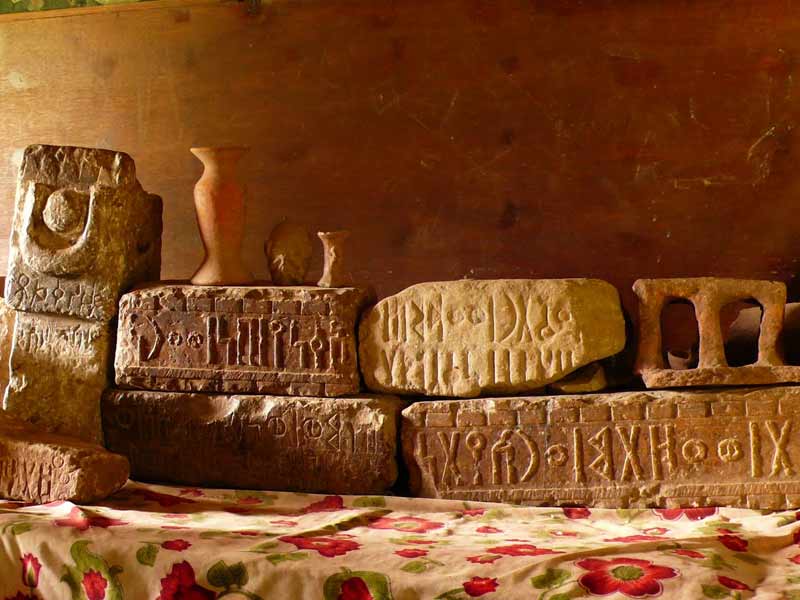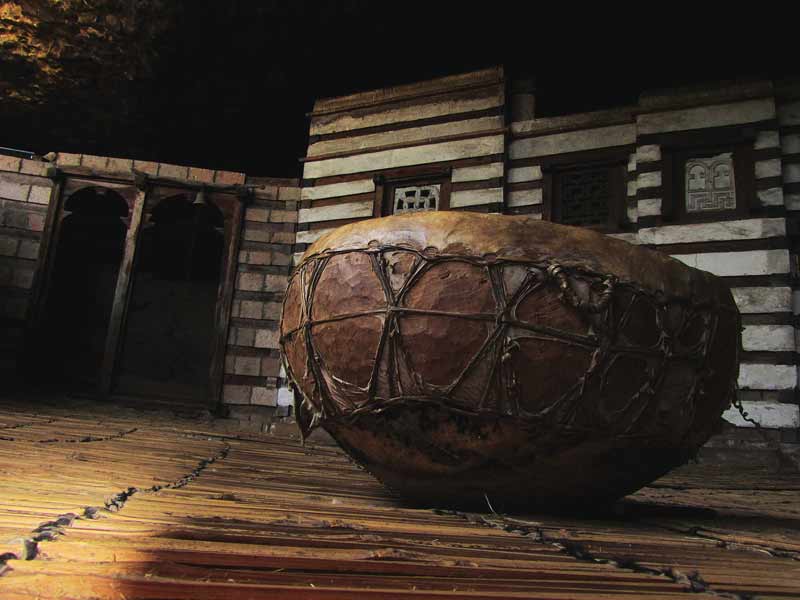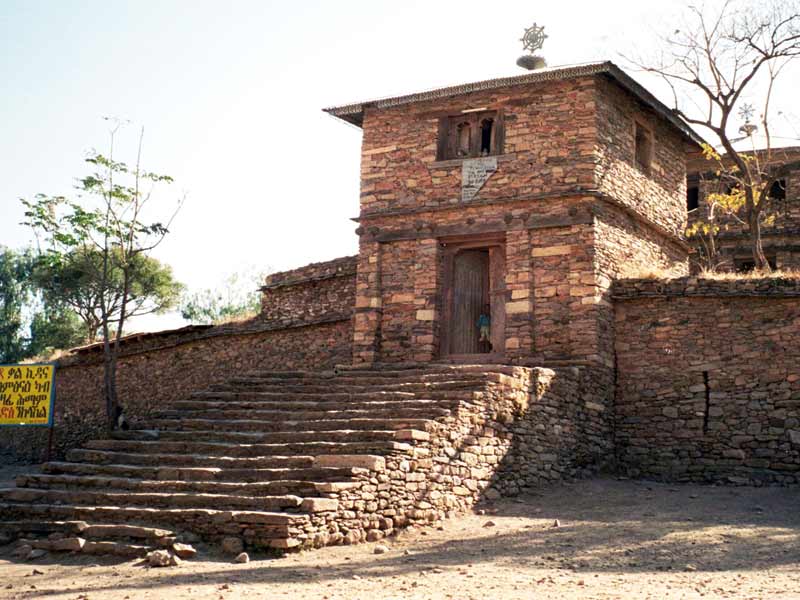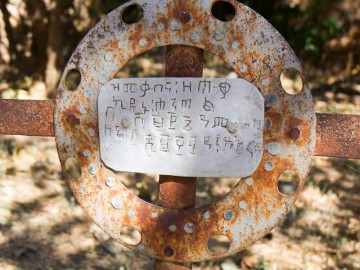-
Featured
-
Featured
-
Featured
-
Featured
You are booking for Ancient Temple of Yeha
The ancient history of Ethiopia can be traced back to around the eighth century BC when some sort of contact, apparently quite close, seems to have been maintained between Ethiopia and South Arabia. Archaeological excavations in many places in Ethiopia and Eritrea have discovered many religious or funerary installations with strong similarities to those in South Arabia, which could be traced back to this Era (Munro-Hay, 1991; Phillip son, 1998).
Among such sites, the notable ones are Hawelti – Melazo, about 15 Km south of Axum, and the temple, related buildings and tombs at Yeha, about 30 Km northeast of Adwa. According to Munro-Hay (1991), it seems that the pre-Aksumite society on the Tigray plateau, centered in the Axsum/Yeha region but extending further north and south had achieved state level during the sixth or fifth century BC and that the major entity of kingdom came to be called D`MT (Daamat).
The ruins of the temple and the related buildings and graves at Yeha are considered to be the evidences of this kingdom. Francis Anfray also unearthed a series of rock-cut graves, one of which may have belonged to one of the D’MT rulers, on the lower southwestern slopes of the outcrop on which the Temple stands. Some of the relics of this Temple stone slab with Sabean Texts, out of which two of them have the same inscription with raising lettering. Though Yeha is famous for the remarkable monument known as the Temple of the Moon, there are other remains of archaeological importance located in proximity to the site of the Temple. Archaeological investigations by the Deutsche Axum-Expedition in 1906 and later by Francis Anfray in the early 1970s in a locality called Grat Beal Gebri, located some 200 m northeast of the site of the Temple, discovered a series of massive square-sectioned monolithic pillar.



